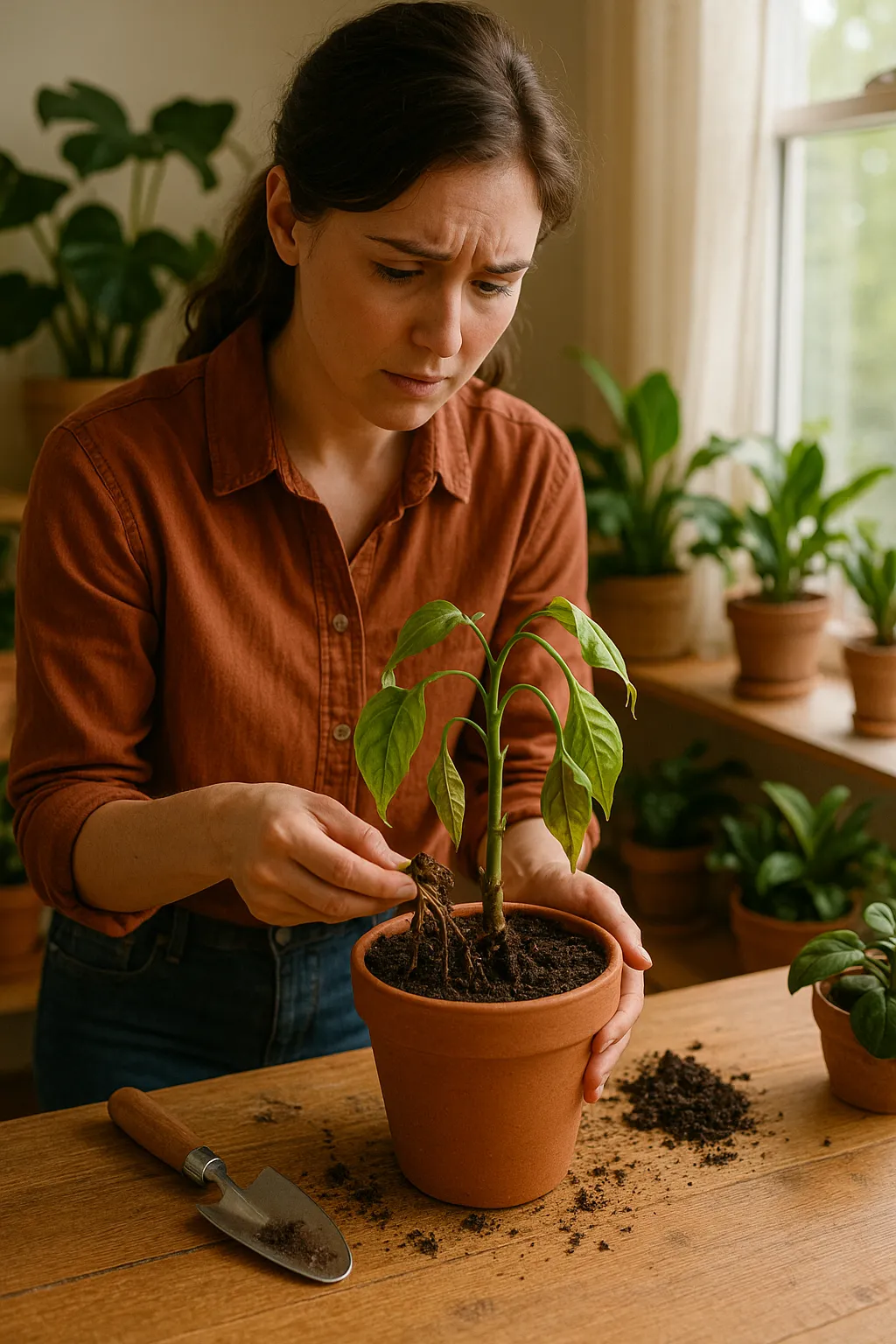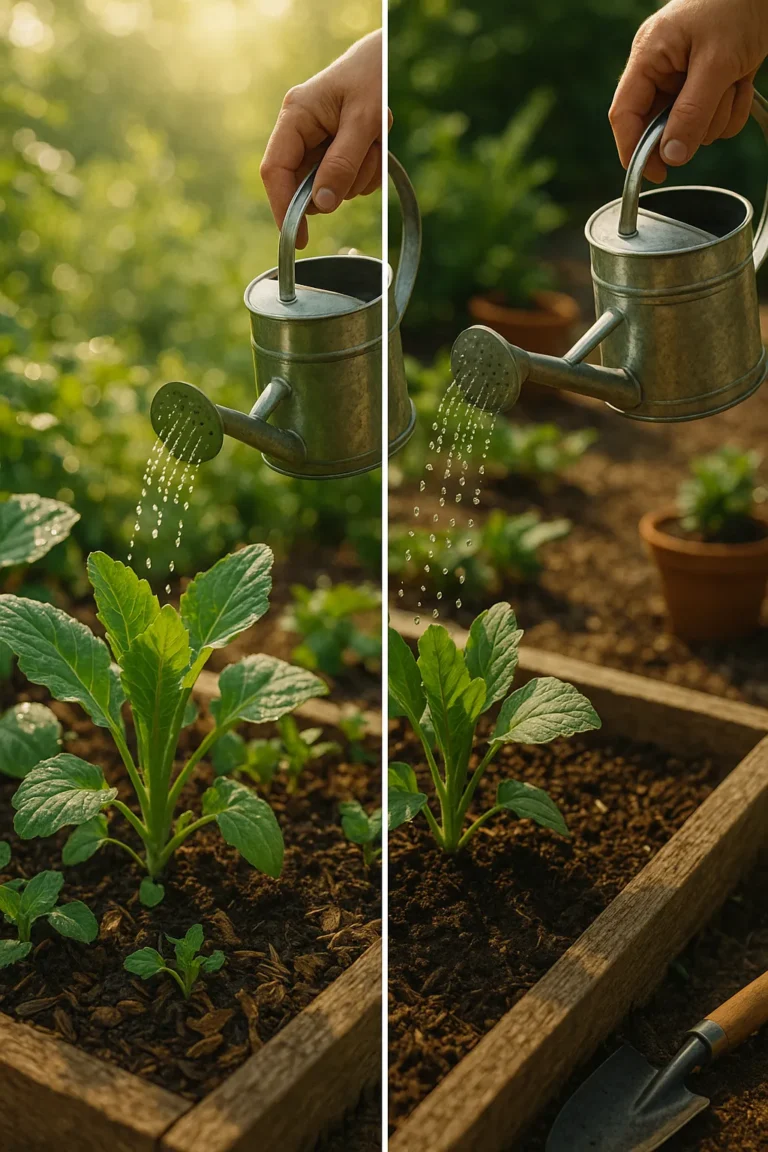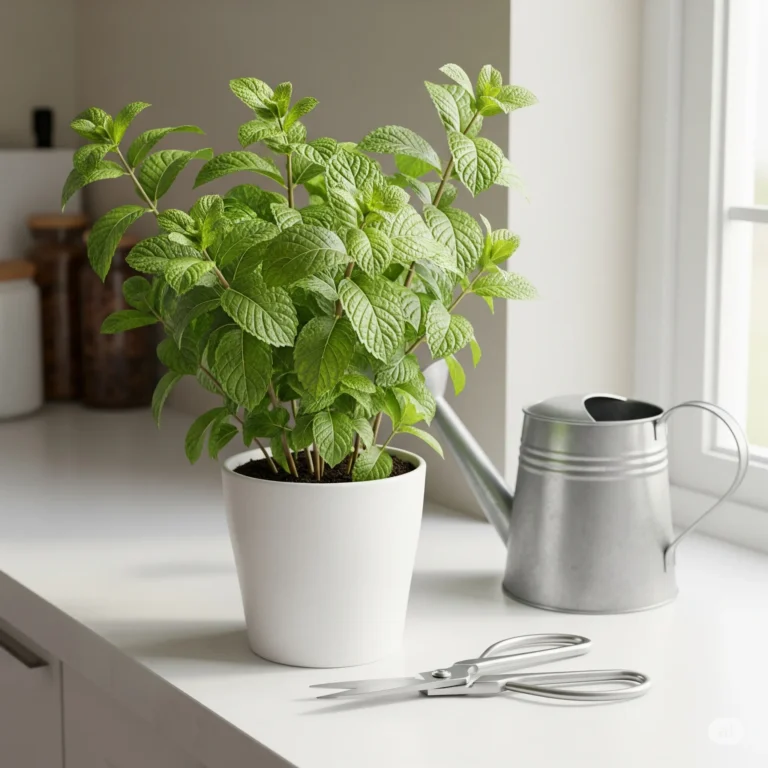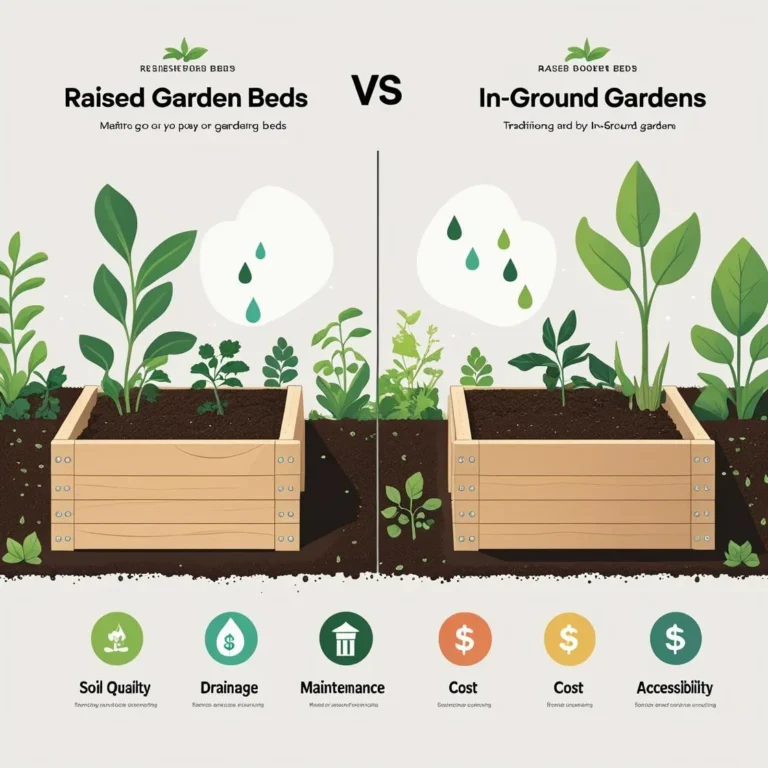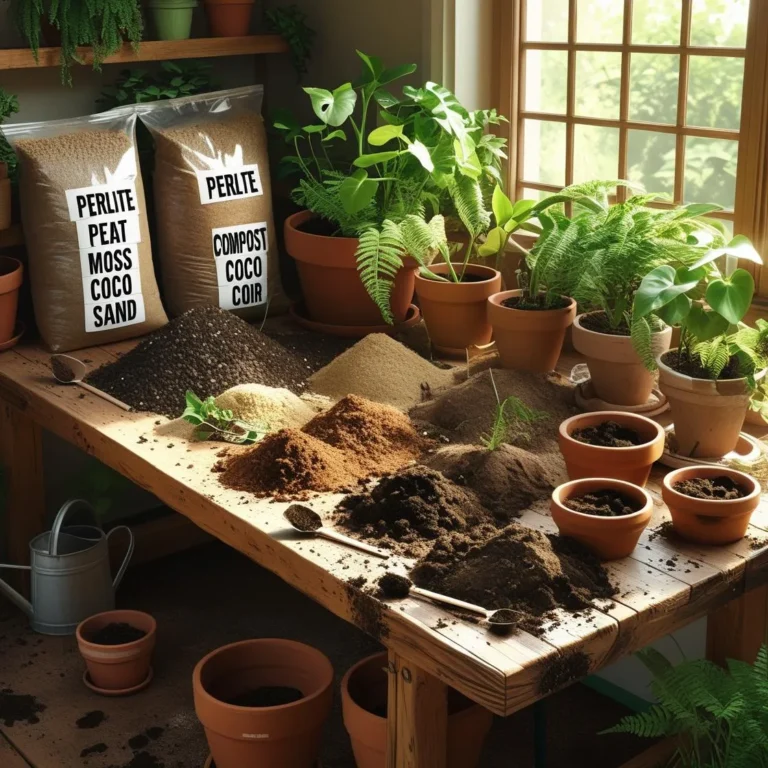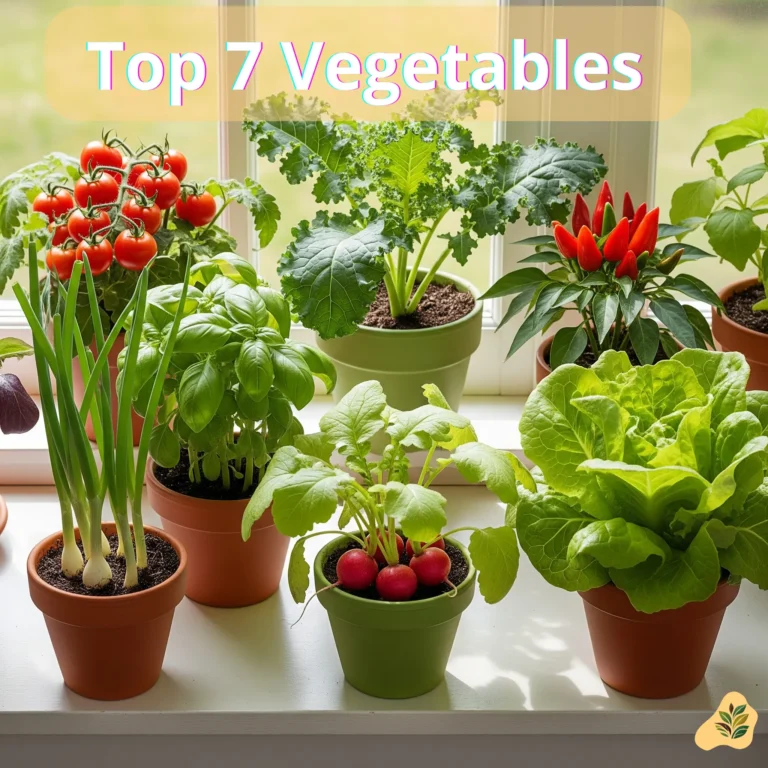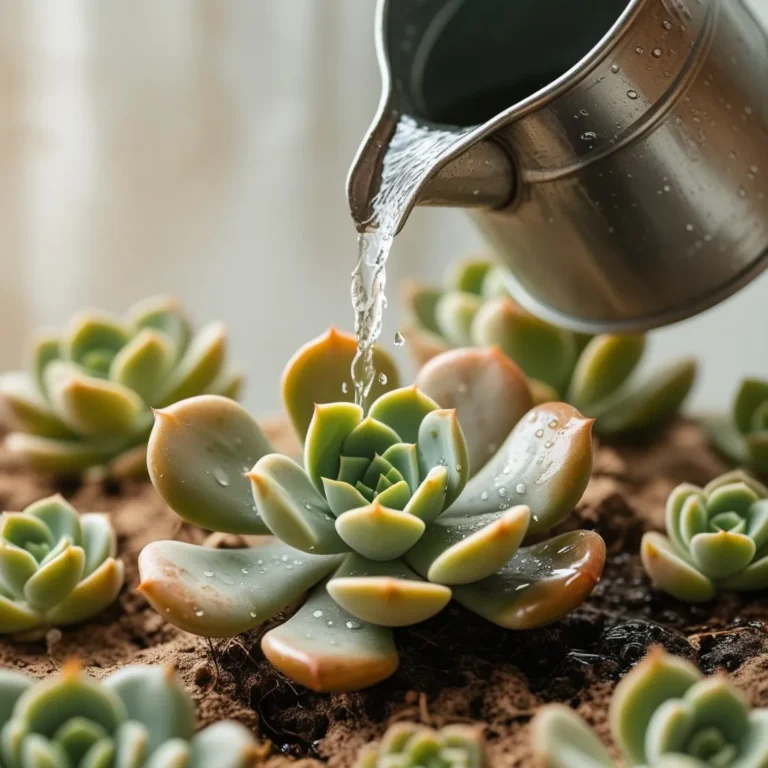How to Save a Dying Plant 🌱
Can You Save It?
Is your plant looking sad, yellow, or crispy? Before you toss it in the trash, take a deep breath! 🌬️ Many plant parents think their green friend is a goner, but how to save a dying plant is often simpler than you’d expect.
Don’t give up! With a little plant TLC and the right approach, many dying plants can bounce back stronger than ever 🪴 The key is acting quickly and identifying what’s actually wrong. Let’s figure out what’s happening with your plant — and how to fix it step by step.
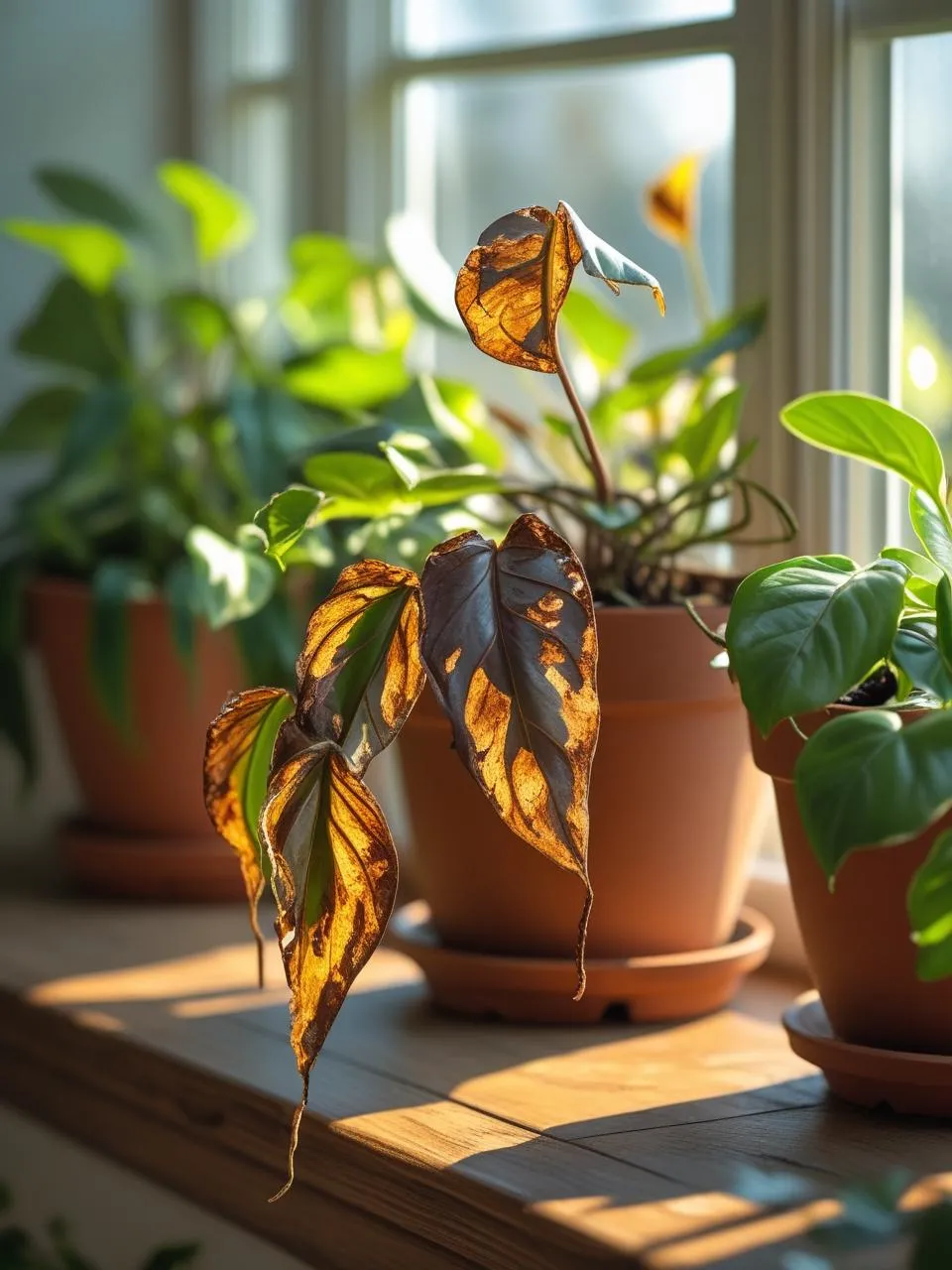
🔍 Common Signs a Plant Is Dying
Before learning how to save a dying plant, you need to become a plant detective! Here are the most common warning signs and what they’re trying to tell you:
📋 Table 1: Warning Signs & What They Mean
| Sign | What It Might Mean |
|---|---|
| Yellowing leaves | Overwatering or lack of light |
| Brown tips | Low humidity or salt buildup |
| Drooping leaves | Water stress or root issues |
| Moldy or soggy soil | Overwatering or poor drainage |
| Pale or slow growth | Lack of nutrients or light |
⚠️ Quick Tip: Look at the soil first — too wet or too dry are the most common causes of plant distress!
Key Warning Signs to Watch For:
- Leaves falling off suddenly
- Stems becoming soft or mushy
- White or green mold on soil surface
- Foul smell from the soil
- Leaves curling or becoming crispy
Remember, one or two yellow leaves on an otherwise healthy plant is normal. But multiple symptoms together signal it’s time for plant first aid!
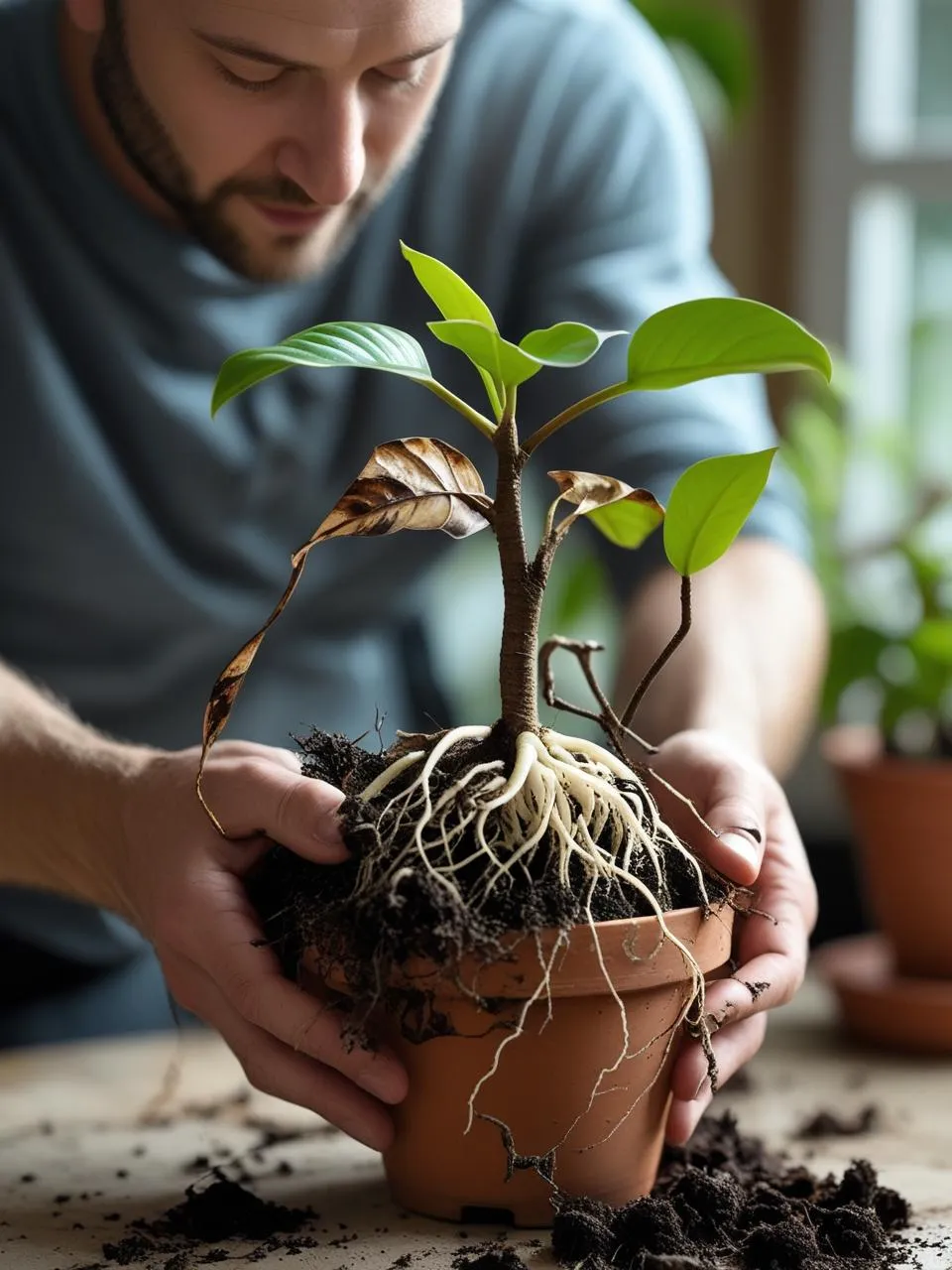
🛠️ Rescue Steps: Bring Your Plant Back to Life
Ready to learn how to save a dying plant? Follow these rescue steps in order:
Step-by-Step Recovery Process:
1. Check the Soil Moisture
- Stick your finger 2 inches into the soil
- If bone dry: Water slowly until evenly moist
- If soggy wet: Stop watering and prepare to repot
2. Trim Dead or Dying Leaves
- Use clean, sharp scissors or pruning shears
- Remove all yellow, brown, or mushy leaves 🍂
- Cut at the base of the stem, close to the main plant
3. Inspect the Roots
- Gently remove plant from pot
- Healthy roots should be white or tan
- Black, mushy, or smelly roots? Trim them immediately
4. Move to Better Lighting
- Place near a bright window with indirect sunlight ☀️
- Avoid harsh direct sun while plant recovers
- East or north-facing windows work best
5. Avoid Fertilizer Immediately
- Stressed plants can’t process nutrients
- Wait 4-6 weeks until recovery before feeding
📋 Table 2: Quick Fixes for Common Problems
| Problem | Solution |
|---|---|
| Overwatering | Repot in fresh, dry, airy soil |
| Underwatering | Water gradually and deeply |
| Lack of light | Move near bright indirect window |
| Root rot | Trim black roots and repot |
| Too much fertilizer | Flush soil or repot in clean mix |
🪴 Pro Tip: When repotting a sick plant, choose a pot only slightly larger than the root ball. Oversized pots hold too much moisture!
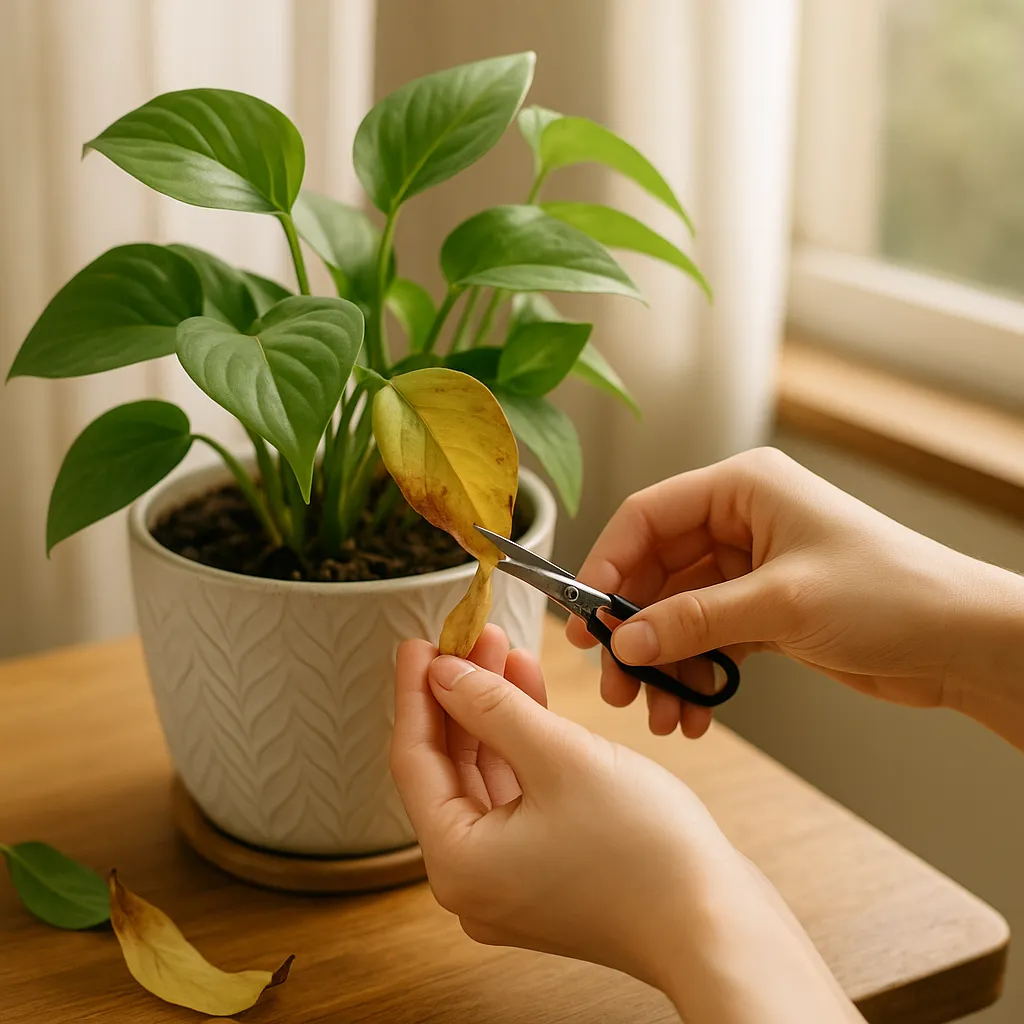
🌱 Prevent Future Plant Disasters
Learning how to save a dying plant is great, but prevention is even better! Here’s how to keep your plants thriving:
Essential Prevention Tips:
- Use well-draining soil for every plant
- Don’t water on a schedule — check moisture first
- Learn your plant’s specific needs for light and humidity
- Always use pots with drainage holes
- Clean dust from leaves regularly for better photosynthesis 🌞
Weekly Plant Care Routine:
- Check soil moisture before watering
- Rotate plants for even light exposure
- Remove any dead or yellowing leaves
- Wipe leaves clean with a damp cloth
- Monitor for pests or unusual changes
Environmental Factors:
- Keep plants away from heating vents
- Maintain consistent temperatures (65-75°F)
- Increase humidity with pebble trays
- Ensure good air circulation
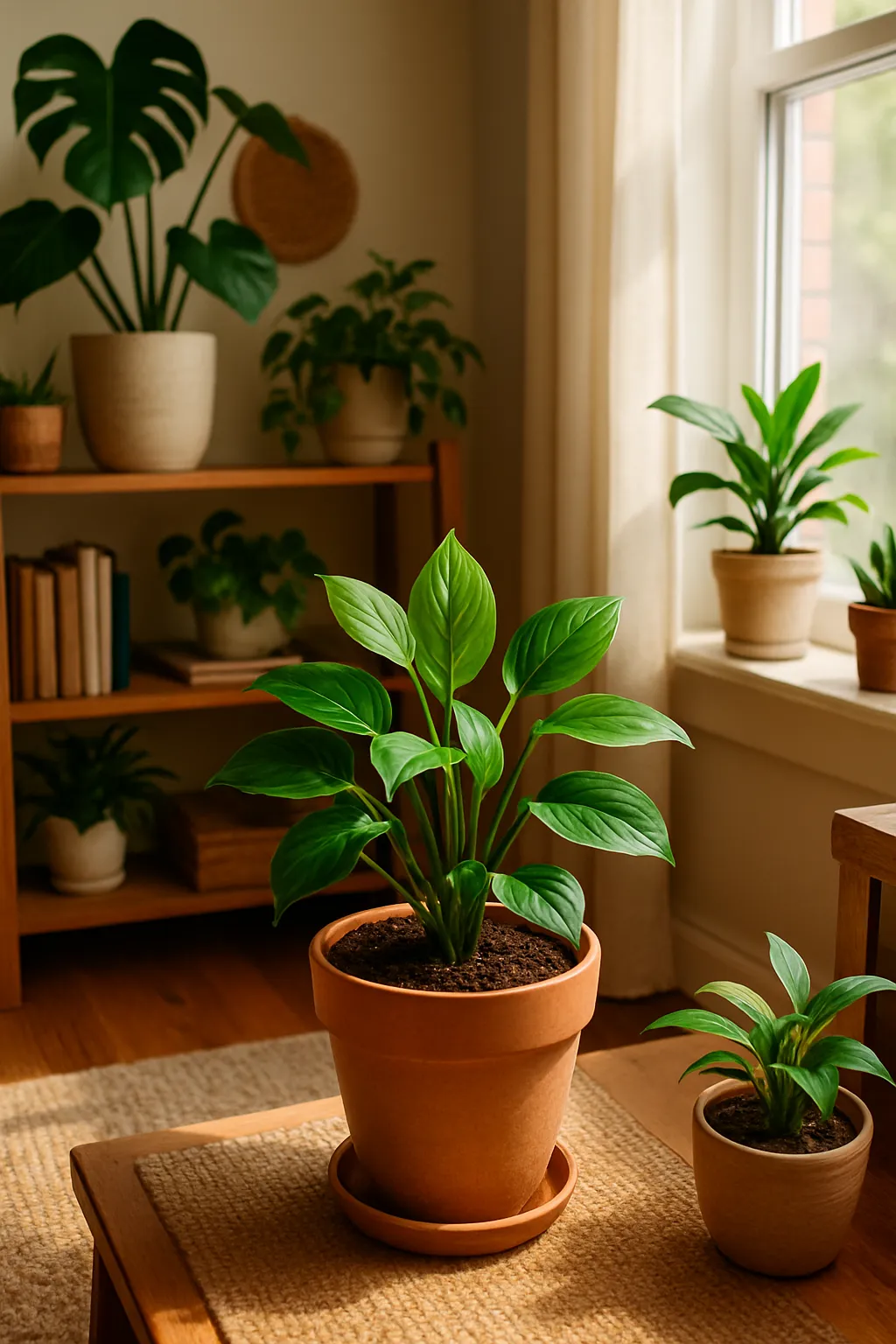
🌼 Conclusion: Don’t Give Up on Your Plant!
Plants are surprisingly resilient creatures — if you act quickly and follow the right steps, most dying plants can make a full recovery! 🌿
Remember, knowing how to save a dying plant comes down to three key factors: proper watering, adequate light, and healthy soil conditions. By addressing these basics and giving your plant some time to recover, you’ll be amazed at how quickly it can bounce back.
Every plant parent faces dying plants at some point. The difference between success and failure is patience, observation, and taking action when you notice the warning signs. Your green friend is counting on you — and with these tools, you’re ready to help it thrive again! ✨
Happy plant rescuing! 🪴

